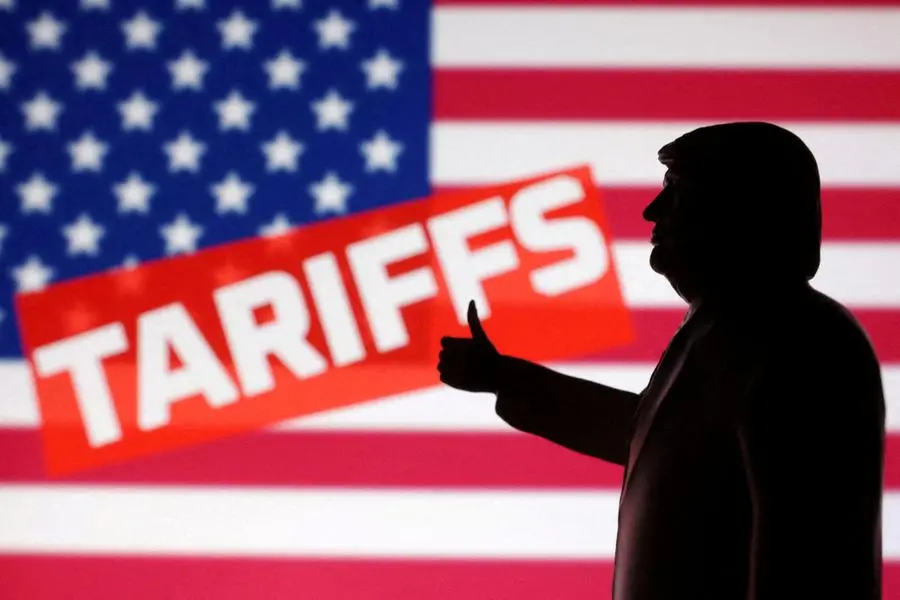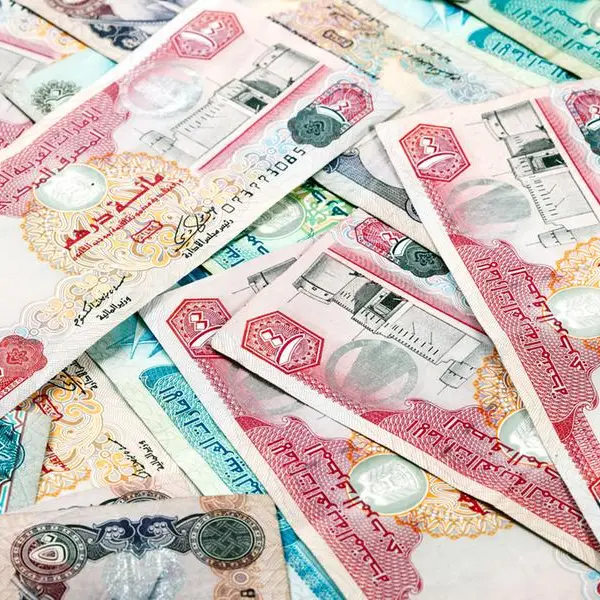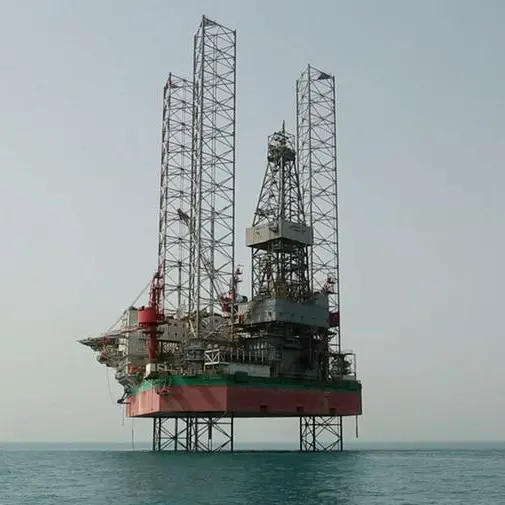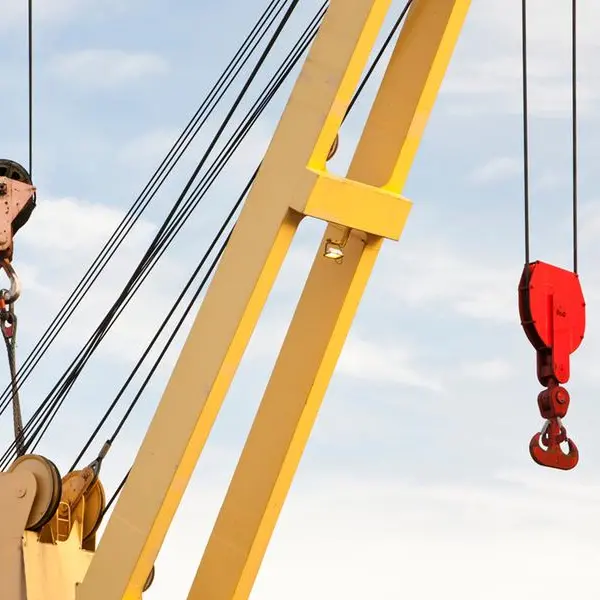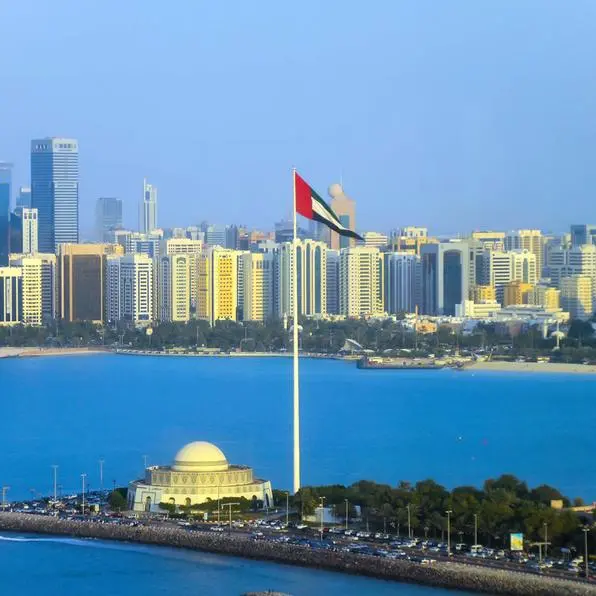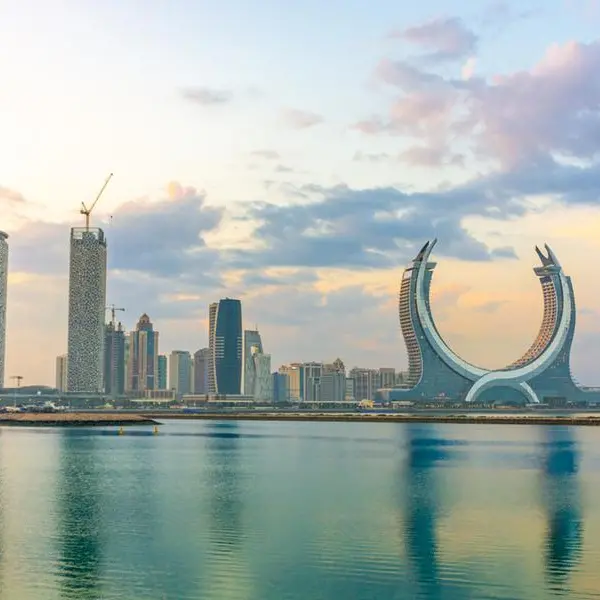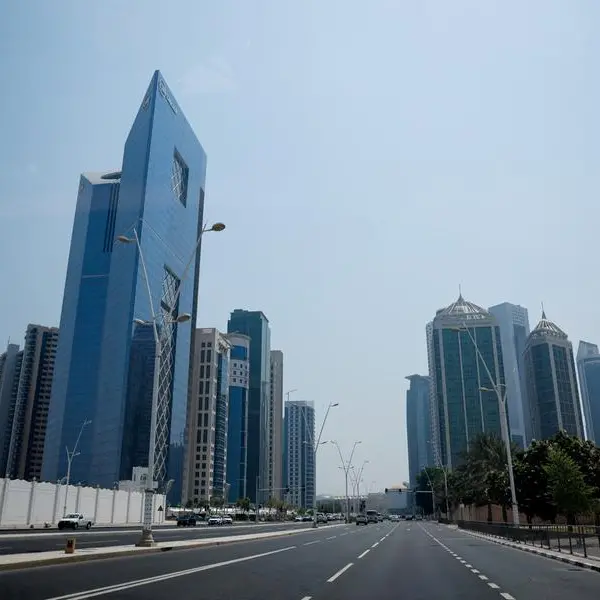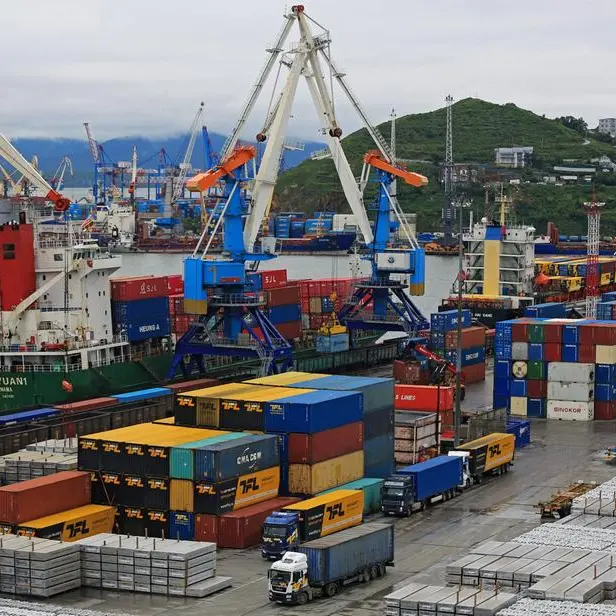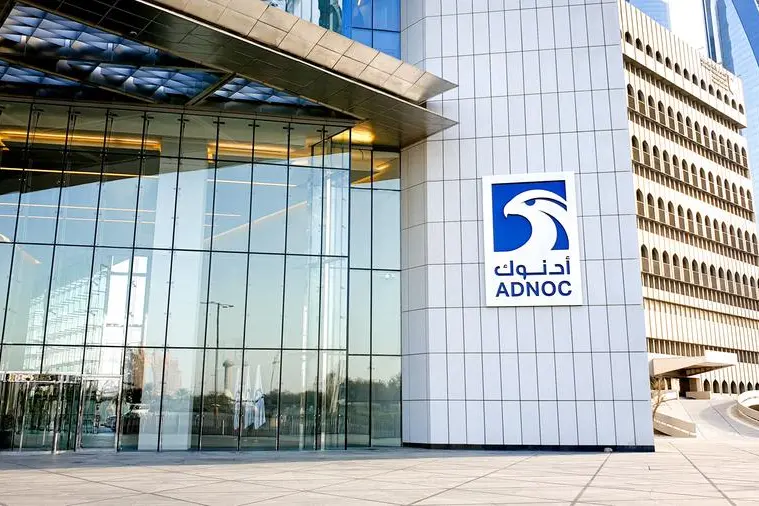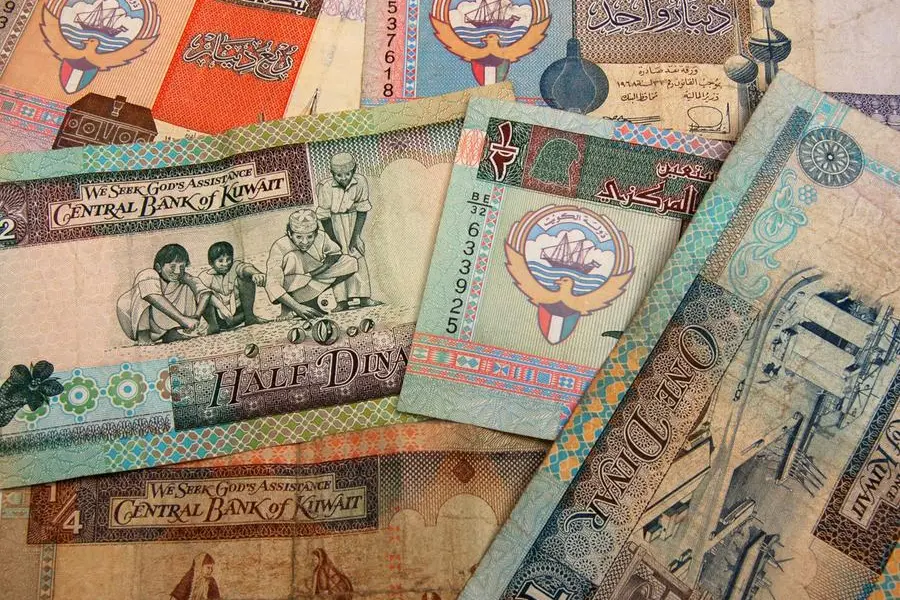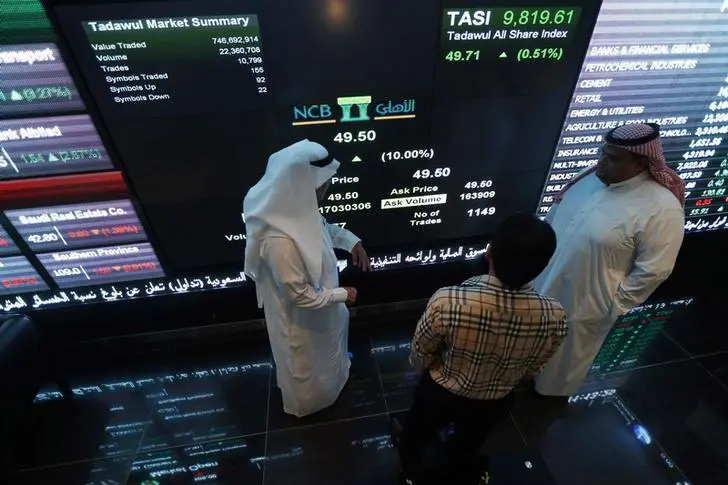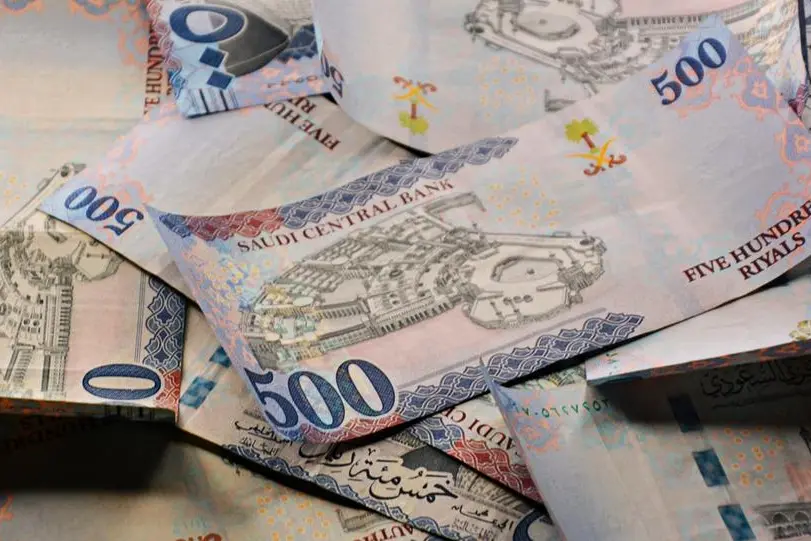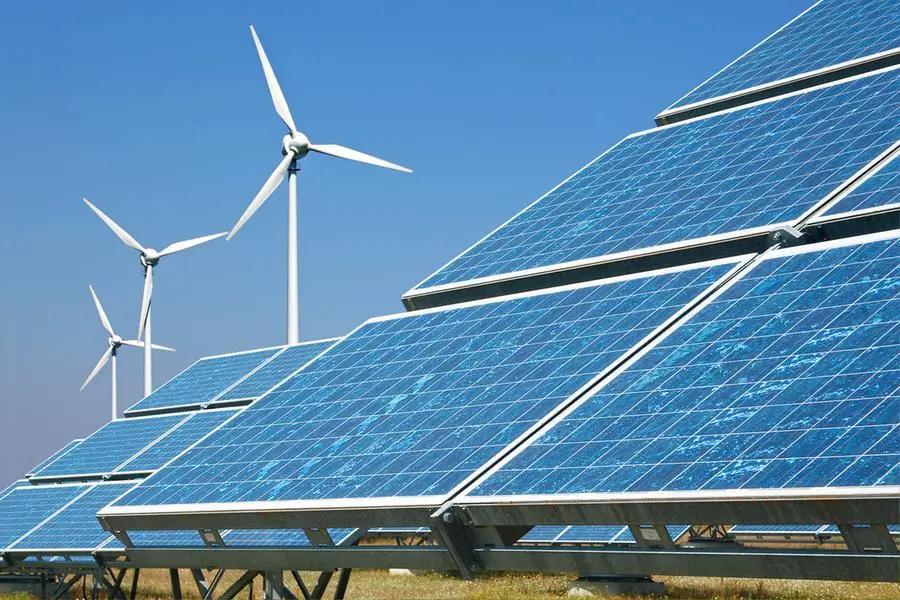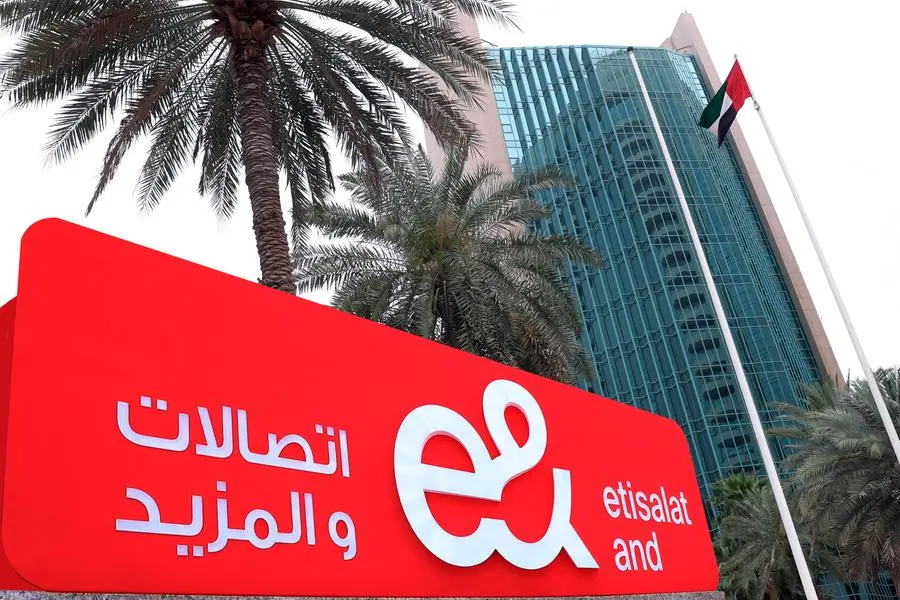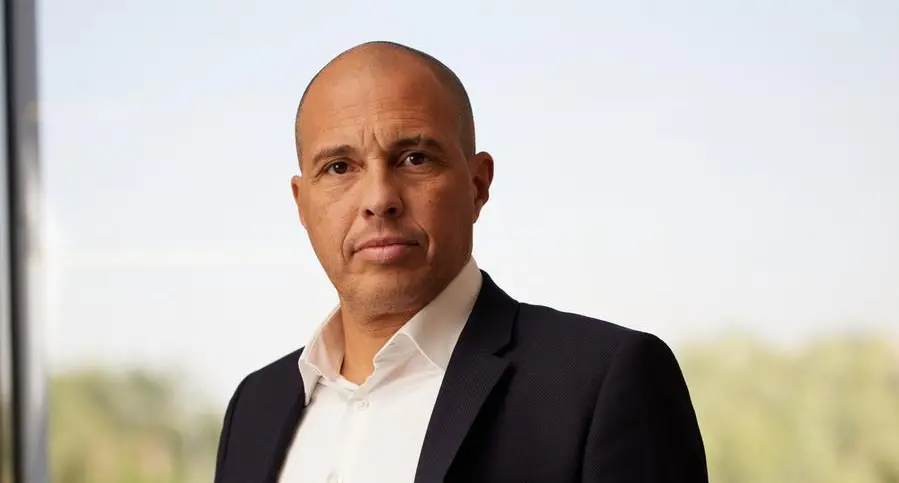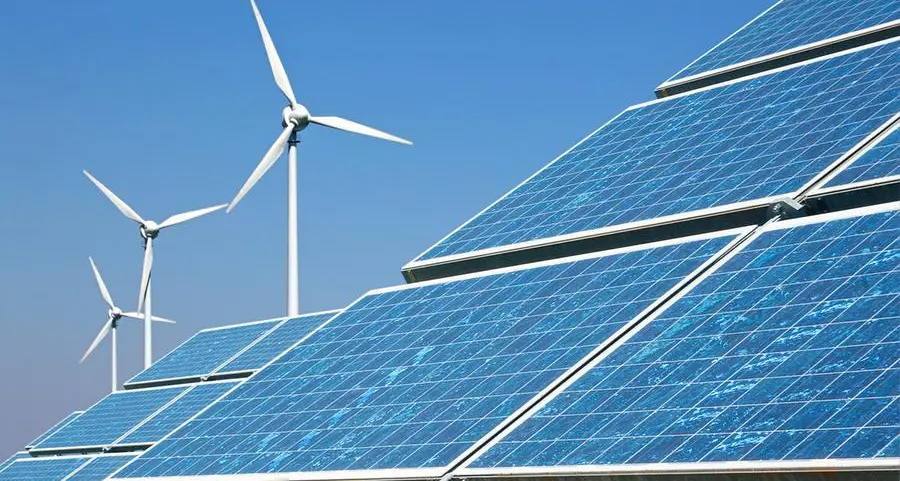PHOTO
Foreign direct investment (FDI) inflows into the GCC region are expected to slow down in 2025 after a decade of rapid growth, S&P Global Market Intelligence said in its latest outlook report.
The slowdown is attributed to investor uncertainties, reflecting changing US trade policies, lower oil prices, and a more gradual development of GCC diversification projects.
In the near term, the report forecasts a net negative impact on global FDI, primarily due to the indirect repercussions of US tariffs, a weaker oil price outlook and reduced global investor confidence.
Lower oil prices, reflecting expectations of weaker oil demand and increasing OPEC supply, are likely to constrain the foreign exchange earnings generation capacity of large MENA hydrocarbon exporters. This, in turn, will limit their capacity to act as major investors in other countries within the region.
While the GCC states have committed to investing large amounts of FDI in the US economy, such outflows are likely to reduce capital available for investment in non-GCC MENA states, which remain “attractive venues” for renewable energy and tourism developments, the report said.
According to S&P Global Market Intelligence, FDI in the region has shifted from hydrocarbons to infrastructure, renewable energy, logistics, tourism, and construction.
This is likely to continue, complemented by areas such as auto sector investments in Morocco, but aggregate flows are likely to remain dominated by GCC states.
However, a weaker US dollar could support the external competitiveness of GCC countries with currencies pegged to the dollar, the report said.
(Editing by Bindu Rai; bindu.rai@lseg.com)
